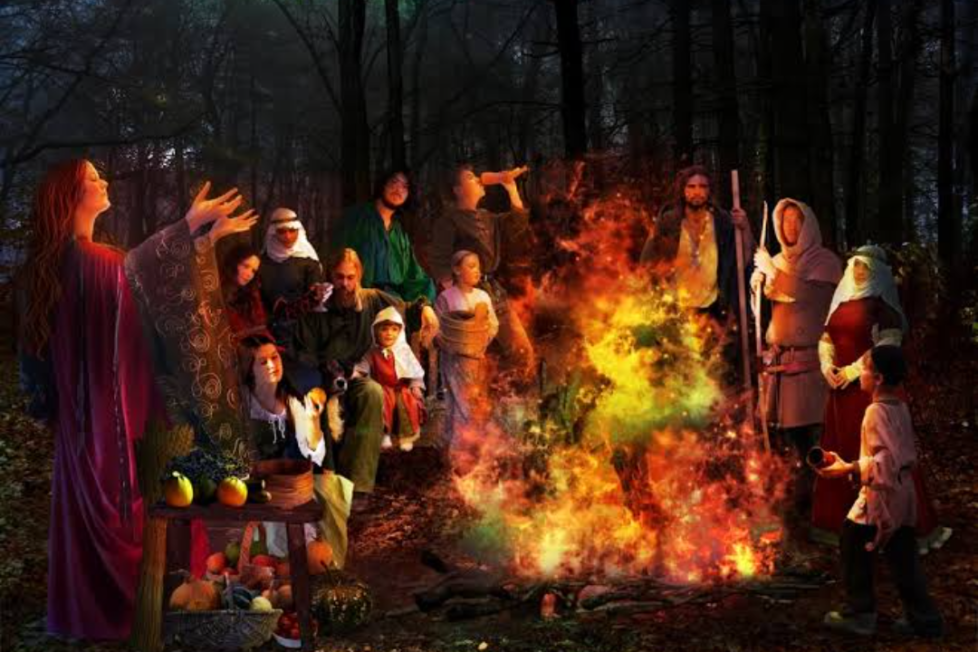A Case of Cultural digestion


Samhain, pronounced as Saw-ween, was a pagan Celtic Druid festival. It marked the beginning of winter when people harvested and stored crops. It was thought that on this day the souls of the departed travelled to the netherworld. To placate the souls, carved vegetables, fruits and sacrifices were left out. Bonfires were lit through the night to honor the dead and help them on their journey.
Beginning with the first millennium A.D., missionaries started converting Celts to Christianity. They were branded as devil worshippers. Even after converting, people did not leave behind their traditions.
In 601 A.D Pope Gregory gave the command that native customs be Christianized to help spread Christianity. Church holidays were deliberately planted around Pagan festivals.
Samhain usually coincided with November 1st. Therefore, the Church declared it as All Saints Day or All Hallows (hallows means sanctified). The evening before All Hallows was called All Hallows Eve, which overtime came to be called Hallow evening. Today we know it as Halloween.
References
circlecentury.org
history.com
newgrange.com
DISCLAIMER: The author is solely responsible for the views expressed in this article. The author carries the responsibility for citing and/or licensing of images utilized within the text.
